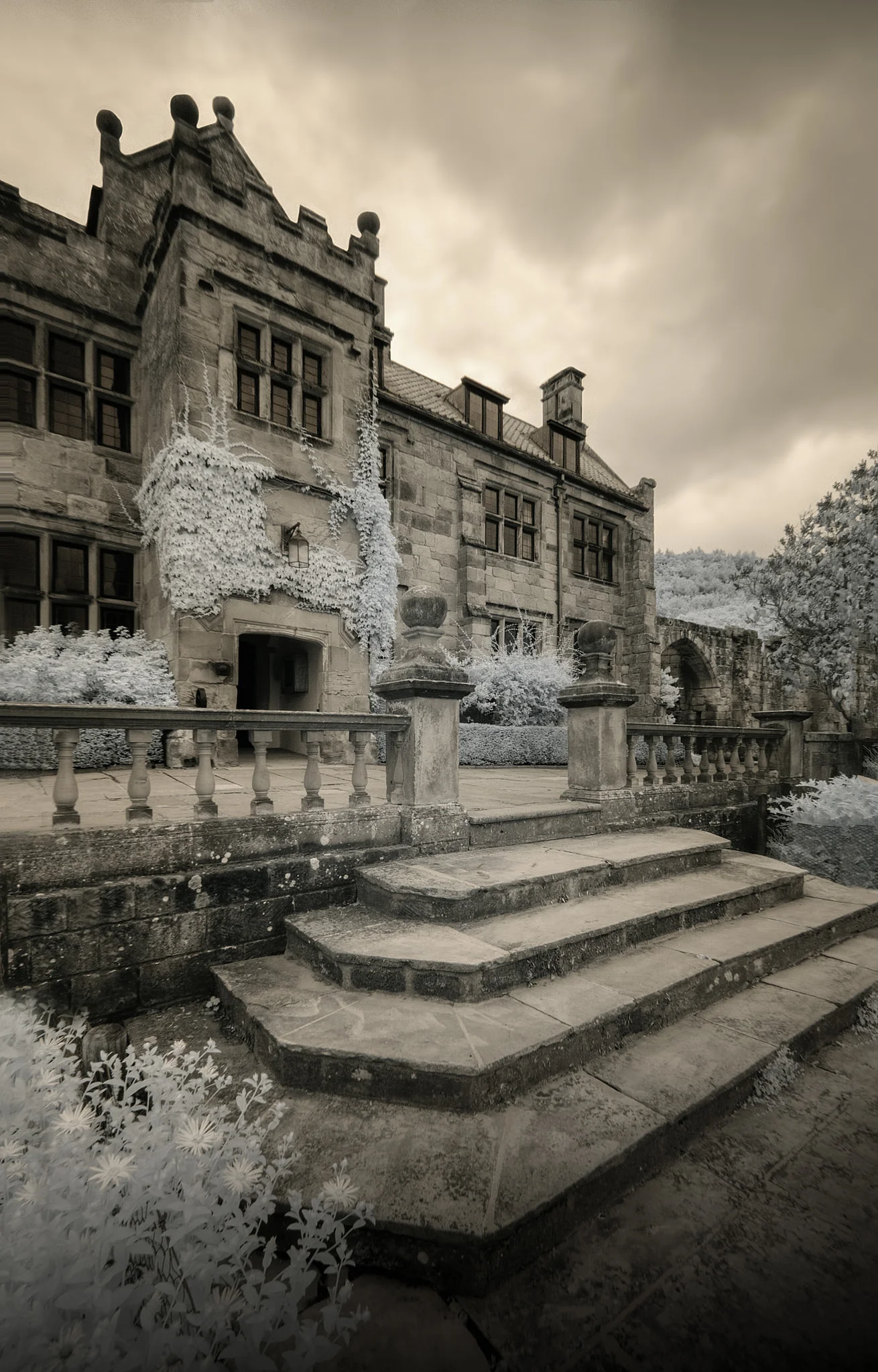Mount Grace Priory, Yorkshire & Humberside England
Mount Grace Priory was founded in 1398 and was the last monastery to be established in Yorkshire before the Reformation.
The Carthusian monks who lived here lived as hermits, they each occupied their own cell and only came together in church.
The Carthusians were an order who returned to the early ideals of the Eastern Church, they practiced the life of hermits and lived in communities only for protection and prosperity. The order began in 1084 in Rheims, France.
In the 12th Century they were known as ‘Christ’s Poor Men’, accounts of their lives tell of simple furnishings, without paintings, tapestries or other decorations. The monks were clad in hair shirts and unbleached white habits, spending most of their days alone in their cells.
The church is similar to other Carthusian churches, in that it is relatively plain in structure when compared with the churches of other orders. The monks recited most of the daily offices in their cells, except for matins, mass and vespers.
While little remains of the cloister at Mount Grace, we can see its layout, which is larger than seen in other monasteries, as it was laid out to include the need for individual cells to be accessed off.
Originally there were 15 monk's cells here, which were two-storey, each had its own garden plot. Cell number 8 has been reconstructed and restored by English Heritage, using structural evidence and details recovered by excavation.
The reconstructed monk's cell contains replica furniture, based on contemporary Carthusian illustrations and existing pieces. The garden has been recreated from evidence of excavation, using species of plants available in the 16th Century. It gives the visitor a better understanding of how these monks lived. While it may, at first glance, seem like a place we could live today, they spent their lives in isolation, being brought their meals by the lay brothers, who left it in a hole in the wall. They would have had no communication or companionship.
After the Dissolution, the ruins of the guesthouse were incorporated into two later houses, a 17th century manor and a larger, early 20th century art and crafts house.
The 17th Century manor house was built by Thomas Lascelles in 1654 and incorporated the ruins of a 15th Century guest house of the monastery. Part of the masonry work still exists, including a late 15th Century kitchen chimney. The manor house has yet to be fully restored.









